7-Day Plan: Get a Spotless, Beautifully Organized Kids’ Room
http://decor-ideas.org 05/01/2014 02:23 Decor Ideas
We all know that a little one’s room explodes into chaos several times each day; that’s just the way it is. As a mother myself, I know that the phrase “spotless, beautifully organized kids’ room” is at once laughable and conjures a shimmering mirage of possibility somewhere (years off?) in the distance. But the truth is, when the mountains of clothes and toys are pared back, a child’s space doesn’t feel so chaotic, even when every single toy seems to have found its way onto the floor. For kids with allergies or asthma, having a clean, dust-free room is essential — and that is also easier to maintain when there is less stuff to clean. This weeklong plan will get you there.
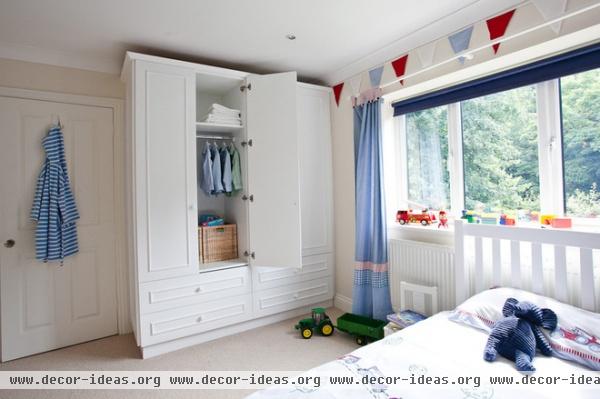
Make a plan of attack. Look over the entire plan before you begin and tailor it to meet your needs — if there are mountains of stuff to go through, you may want to divvy up the work over several weekends. For some, tackling a major decluttering project in the little one’s room is only fathomable without said little one present; for others, tossing a single item without the child’s knowledge could result in a meltdown to end all meltdowns. You know your child best, so make the call that feels right to you.
Day 1: Simplify.
Decluttering tasks: As you go through this process, try to have a clear vision of the sort of room you want for your child and how it will help make your lives simpler. Toys that easily fit within bins and on shelves are more appealing to play with, and clothing with some breathing room in the closet and drawers makes getting dressed in the morning less of a challenge.
Remove clothes and shoes your child has outgrown and set them aside to give away, sell or store.Remove toys that are broken or have missing pieces and can’t be fixed.Remove toys that your child has outgrown and decide whether to store, give away or sell them.If your child has a lot of very similar toys, remove enough so that what’s left can be easily stored and enjoyed.

Day 2: Sort and conquer.
Key concept: Top 10. If you are working with your child to pare back belongings, try introducing the concept of the top 10. This will gently shift the focus from the things your child is giving away to zero in on what is most important.
Kids older than about age 4 (depending on the child, of course) can really get into making lists and picking favorites. For instance, have your child pick out his or her top 10 favorite stuffed animals and display them prominently — meanwhile, the other 40 stuffies can be shifted into a box in another closet or given away. There’s no need to be superstrict about it … 11 or 12 is fine. Just trying to stay within a certain number can be a great help.
Decluttering tasks: After the big work of decluttering on Day 1, your child’s room should be looking noticeably better. Now is the time to make some refinements and find a home for everything that’s left.
Continue winnowing down toys, games, and clothes, using the top 10 method.
Make a separate stack of clothes your child hasn’t quite grown into yet and put them somewhere accessible — but not mixed with the clothes that fit now.Store like with like. Board games on one shelf, puzzles on another and so on.Categorize small toys and put them in separate bins or baskets. (for instance, small plastic animals in one, racecars in another).
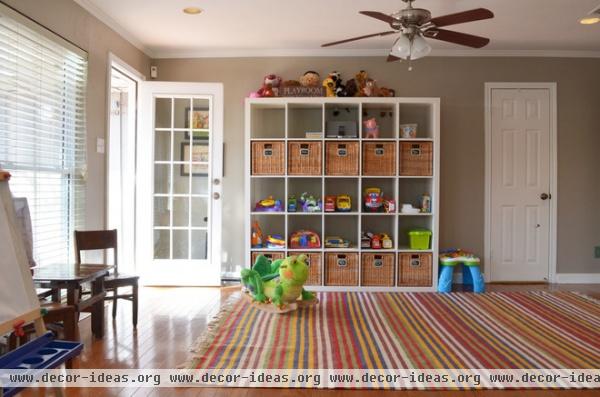
Day 3: Deep clean.
Cleaning tasks: Hopefully after Days 1 and 2, your child’s room will be less cluttered and more organized. Now it’s time to tackle the dirt.
Thoroughly vacuum the room, including the ceiling, fan blades, window treatments and floors, and behind the furniture and inside the closet.If your child has asthma or allergies, consider renting or purchasing a sanitizing steam cleaner to remove allergens from floors, rugs and even toys.Have your child help you give all of the hard plastic toys a “bath” in dishpans filled with warm, soapy water. Work in batches and spread the toys out on towels to dry.Clean crayon marks and other “artwork” from walls.Spot clean upholstered furniture.Launder pillow covers, bedding and small, washable rugs.Wash the windows.
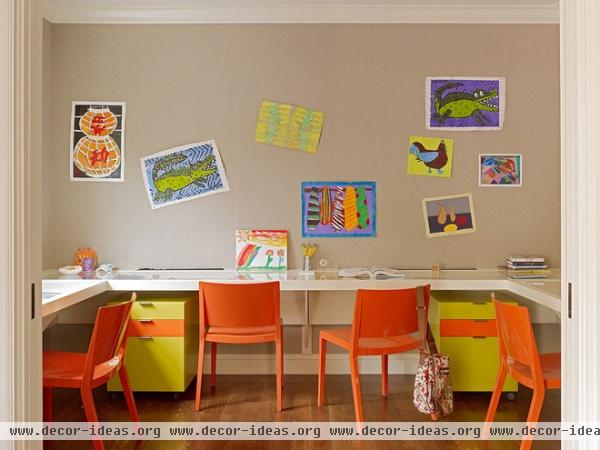
Day 4: Organize art.
Decluttering tasks: Children’s artwork is a special case because it pulls at our heartstrings … and because they create so much of it! If you are having trouble letting go of your child’s work, remember that to kids, it is much more about the process than the product. It’s OK to keep a few pieces that best represent who your child was at each age and stage, and let the rest go.
If you have a big backlog of artwork to go through, enlist your child’s help to pick favorites. If you have any favorites, keep those too and toss the rest in the recycling bin.Sort the keepers by date, labeling those without dates as accurately as you can remember. Don’t be afraid to guess — your memory will only become hazier as time goes on.
Store artwork in a large art portfolio or lidded plastic bin.If you have old 3D projects that are too big to store or are too fragile to keep long-term, snap a picture of your child posing with the project, put the photo in an album and toss out the project itself.Control Kid Stuff the Sane Way — Artwork-Managing Strategies
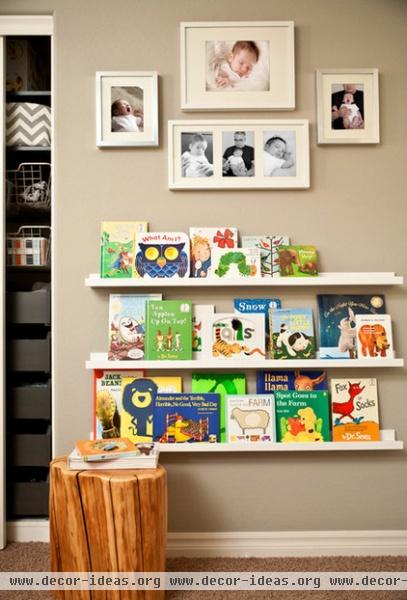
Day 5: Carve out zones.
Decluttering tasks: Today’s goal is to take a wider view of your child’s room: How is it working? How is the flow? Is there space for your child to read, sleep, play and create? Think about creating small zones tailored to support different activities:
Reading: A comfy sitting place, neatly organized books, good lighting and perhaps a few stuffed animal friendsSleeping: An inviting bed with a small lamp and a place to put a cup of water within reachFloor play: Clear space on a rug, with toys in containers (blocks, trains, plastic animals etc.) nearbyDramatic play: Dress-up clothes on hooks or in a basket, a child-safe mirror, play kitchen or playhouse toys.Creativity: A child-size worktable with arts and crafts supplies stored nearby. Keep messy materials in an adult-height cupboard.Puzzles and other activities: A kid-size table with puzzles, games and educational materials on a shelf nearby.
Small-space tip: One child-size table can be used for art, puzzles and as part of a pretend house at different times — there’s no need to have three separate areas.
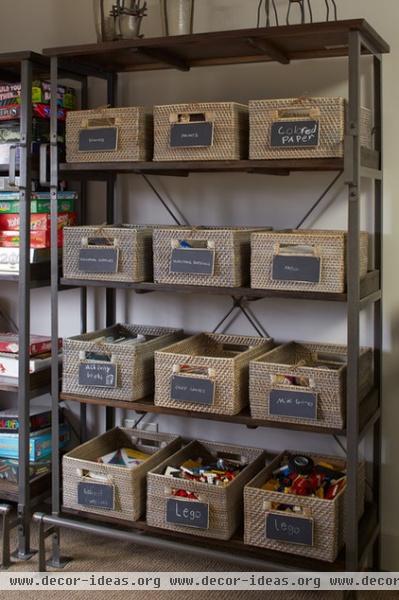
Day 6: Label it.
Decluttering tasks: Neatly organized bins and baskets are practically worthless if you can’t tell at a glance what’s in them. Pick up a bunch of identical labels and make signs for each basket, bin and box, including in the closet.
Cleaning tasks: Put together a small cleaning kit to keep in your child’s closet to make regular cleanup easier — include a stick vacuum if you can. Also tuck in a child-size dustpan and broom and a few rags for your little one to use to help clean up.
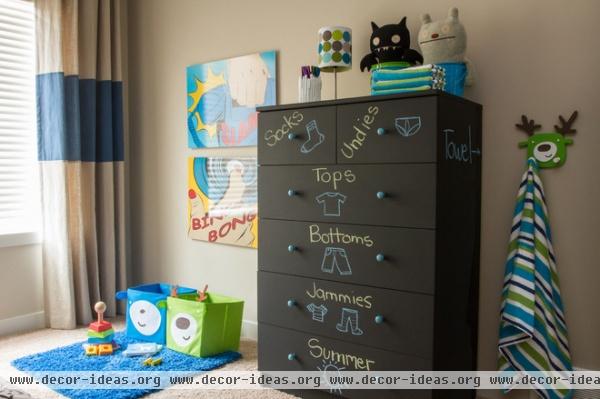
Tip for kids who can’t read yet: Make labels that include both the word and a simple drawing or photograph of the item inside. Having a print-rich environment will help your child begin to recognize letters and words, and the pictures will make locating things easy.
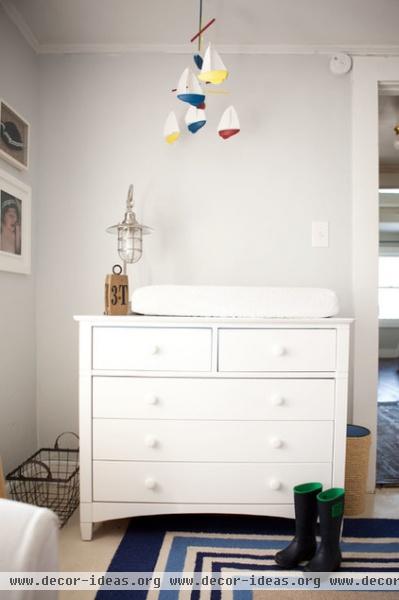
Day 7: Start daily habits.
Cleaning tasks: It takes time to begin a new habit … don’t give up!
Put away one toy before getting out another (unless your child really is playing with them together).Put all toys away before bed each night.Vacuum and tackle other cleaning tasks each week. Offer small-size cleaning tools so your child can help.
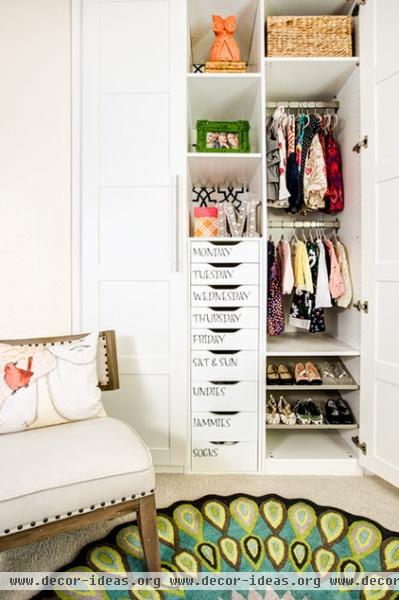
Decluttering tasks:
Choose toys to give away before each birthday and holiday when your child will be receiving gifts. Pick a local children’s charity that you and your child can visit to drop of the toys — if your little one knows he or she is helping another child who doesn’t have any toys, it can make the process easier.When your child moves up a size, remove the clothes and shoes that no longer fit.Have your child pick favorite pieces of art each month, date them and store them in an art portfolio. Toss the rest.
Tell us: What is the biggest cleaning or decluttering problem you face in your child’s room?
More 7-day plans: Living Room | Entry Hall | Kitchen
Related Articles Recommended












